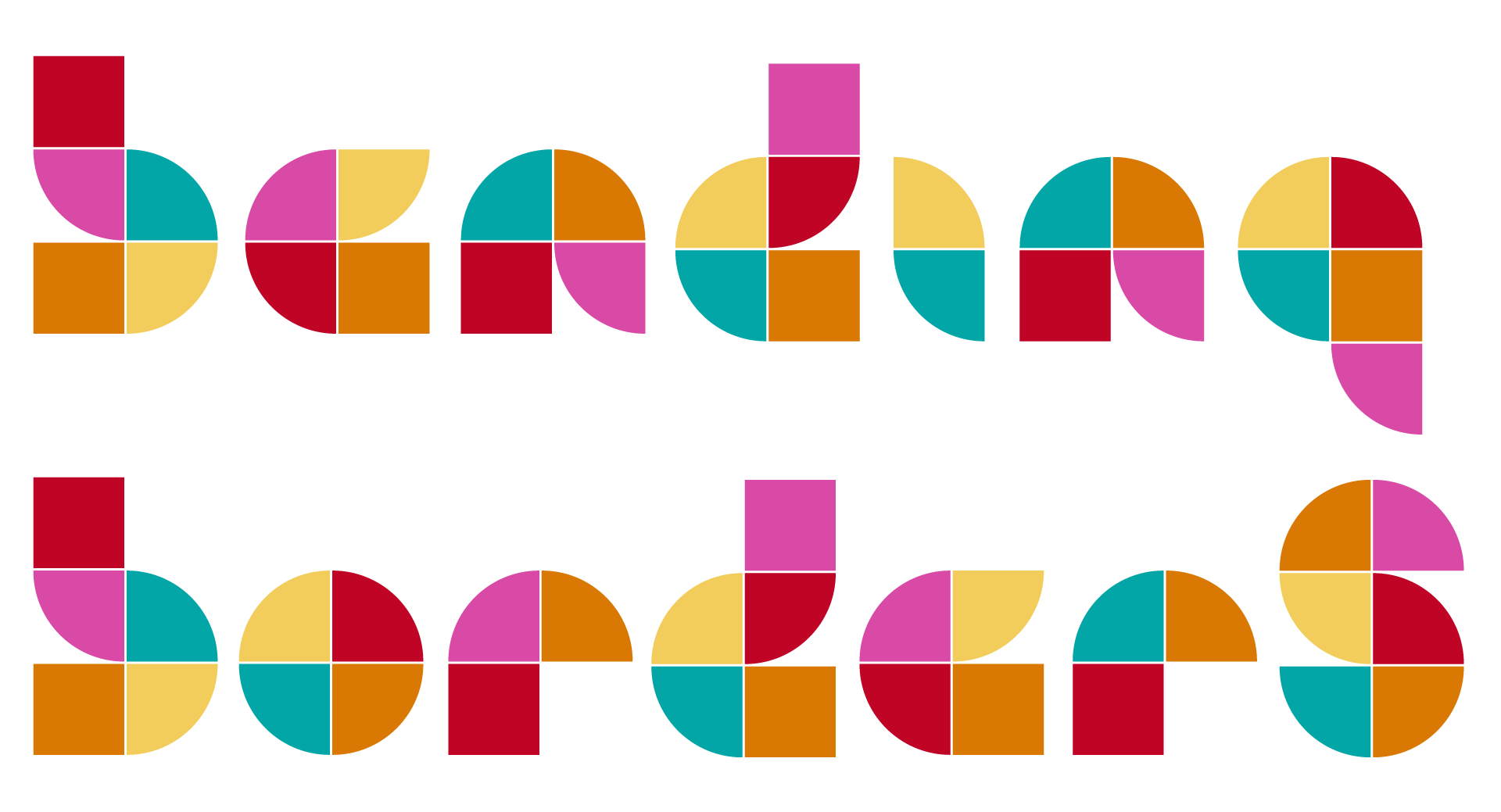In the vast landscape of global interactions, cultural exchanges stand as a cornerstone of human connection, bridging divides between individuals from diverse backgrounds. These transformative experiences, whether through au pair programs, international student exchanges, or collaborative initiatives, foster mutual respect and understanding, paving the way for meaningful cross-cultural dialogues. As we delve into the intricacies of cultural exchange, from its theoretical underpinnings to its practical implementations, this exploration offers a comprehensive lens through which to appreciate its profound impact on our interconnected world. By examining the various forms of cultural exchange, their underlying theories, and the strategies that support them, this article aims to illuminate the significance of these exchanges in shaping global relations and inspiring collective growth. From the tangible benefits of cultural exchange programs to the intangible seeds of empathy and collaboration, this journey promises to reveal the multifaceted nature of a practice that transcends borders and unites minds.
Key Takeaways
– Cultural Exchange involves the sharing and adaptation of cultural elements, fostering mutual influence and innovation.
– It encompasses the exchange of goods, ideas, and people, driving cultural hybridization and global connections.
– Cultural Hybridization results in unique forms like fusion cuisine and global fashion, while also promoting global citizenship and economic growth.
– The four types of cultural theory—hierarchical, individualistic, egalitarian, and fatalistic—offer frameworks to understand societal structures and interactions.
– Engaging in cultural exchange through travel, language learning, events, volunteering, and digital platforms fosters empathy, collaboration, and preserves diversity.

Cultural Exchange Example
A prime example of cultural exchange is the annual Olympic Games . Athletes from around the world gather to compete in various sports, representing their nations. This event not only promotes athletic prowess but also fosters mutual respect and understanding among diverse cultures.
Another notable example is the International Food Festival , where participants from different countries showcase their traditional dishes. This event allows attendees to experience diverse cuisines and learn about cultural traditions tied to food preparation and consumption.
Moreover, organizations like AFS Intercultural Exchanges facilitate cultural exchange by enabling students to live with host families in foreign countries. This program helps individuals immerse themselves in new cultures, fostering cross-cultural understanding and friendship.
These examples highlight how cultural exchange can bridge gaps between people of different backgrounds, fostering global unity and appreciation for diversity.
The Three Types of Culture Exchange
Cultural exchange encompasses various forms of interaction that foster mutual understanding and appreciation between different societies. Here are the primary types of cultural exchange:
- Educational Exchanges
These involve opportunities for students, teachers, and scholars to engage in cross-cultural interactions. Examples include: - Student exchange programs allowing young people to live and study abroad.
- Teacher collaboration initiatives where educators share teaching methods and cultural insights.
- Language immersion programs that help people learn foreign languages through cultural contexts.
- Professional Exchanges
Career-oriented cultural exchanges focus on workplace environments and skill development. Key examples include: - Work experience programs enabling professionals to gain international exposure.
- Internship opportunities that pair individuals with organizations in different countries.
- Collaborative projects between businesses to explore global market trends and practices.
- Recreational and Social Exchanges
These are often informal and community-driven, focusing on shared interests and hobbies. Common forms include: - Exchange students participating in homestays to experience daily life in another country.
- Cultural festivals and events showcasing traditions, music, and art from different regions.
- Volunteer programs where individuals contribute to local communities while learning about their customs.
These exchanges promote global connectivity and cultural diversity, enriching both participants and host communities. Platforms like Bending Borders highlight these opportunities, offering resources and inspiration for anyone eager to explore cultural exchange.

How to Promote Cultural Exchange with an Au Pair
Fostering cultural exchange with an au pair is a rewarding experience that enriches both families involved. Here’s a step-by-step guide to maximizing this opportunity:
- Share Traditional Customs and Foods
- Introduce your au pair to traditional holidays, foods, and customs through hands-on activities.
- Host a cultural potluck where everyone shares dishes from their home country.
- Teach the au pair about your family’s traditions and invite them to participate in celebrations.
- Facilitate Language Learning
- Provide basic language tools like phrasebooks or language learning apps.
- Set aside time for daily language practice sessions led by the au pair.
- Encourage them to teach English to friends or family members from their country.
- Learn About Their Culture Too
- Ask the au pair to bring items from their home country to share with the family.
- Have them prepare traditional recipes or share stories about their daily life.
- Schedule regular cultural exchange sessions where both sides learn from each other.
- Involve the Entire Family
- Organize family outings to local cultural events, museums, or festivals.
- Have the au pair teach the children about their country’s history and traditions.
- Start a cultural exchange journal to document shared experiences and learning moments.
- Celebrate Shared Moments
- Mark special occasions together, such as birthdays or anniversaries, with cultural traditions.
- Take group photos or videos to remember the au pair’s time with your family.
- Plan a farewell celebration that includes elements of their home culture.
- Document the Experience
- Keep a scrapbook or digital album of the au pair’s time with your family.
- Record video testimonials or interviews to capture their cultural insights.
- Share these memories on social media or with friends to inspire others.
- Utilize Resources for Cultural Exchange
- Explore platforms like Bending Borders for cultural exchange ideas and resources.
- Join online communities dedicated to au pairs and cultural exchange programs.
- Participate in cultural exchange networks to connect with families from different backgrounds.
By following these steps, you’ll create a meaningful and lasting cultural exchange experience with your au pair, benefiting both families and fostering cross-cultural understanding.

Cultural Exchange Theory
Cultural exchange refers to the process by which different cultures share and adapt elements of each other’s traditions, leading to mutual influence and innovation.
Key Components of Cultural Exchange
- Exchange of Goods: Art, music, technology, and other tangible items are shared between cultures, often leading to reinterpretation and evolution in the receiving culture.
- Exchange of Ideas: Beliefs, values, customs, and practices are exchanged, resulting in cultural hybridization and the creation of new forms of expression.
- Exchange of People: Migration, tourism, and international collaborations facilitate the direct interaction between cultures, fostering mutual understanding and appreciation.
Impact of Cultural Exchange
- Cultural Hybridization: Traditional elements blend with foreign influences, creating unique cultural forms such as fusion cuisine, mixed-media art, and global fashion trends.
- Global Citizenship: Increased exposure to diverse cultures fosters empathy, tolerance, and a sense of belonging to a broader global community.
- Economic Growth: Cultural exchange drives innovation, economic opportunities, and market expansion as global brands adapt to local preferences and vice versa.
Examples of Cultural Exchange
- The Olympic Games bring together athletes from around the world, promoting friendly competition and cultural exchange through sportsmanship and shared traditions.
- Global Consumer Behavior: Companies like McDonald’s and Coca-Cola adapt their products to fit local tastes and cultural norms, reflecting the dynamic nature of cultural exchange.
Cultural exchange is a fundamental aspect of human interaction, shaping our understanding of identity, diversity, and the interconnectedness of the modern world. Platforms like Bending Borders exemplify this exchange by showcasing global travel stories and cultural insights, bridging gaps between different perspectives and fostering cross-cultural dialogue.
What Are the 4 Types of Cultural Theory?
Cultural theory examines how individuals and groups interpret and interact with cultural symbols, practices, and systems. It provides frameworks to understand human behavior, social dynamics, and cultural differences. Below are the four primary types of cultural theory:
Hierarchical Cultural Theory
Hierarchical theory posits that power and status are central to cultural structures. In this framework, hierarchy determines social roles and relationships. It emphasizes authority, respect, and tradition as foundational elements of culture. Hierarchical societies often value order and stability, with clear distinctions between leaders and followers.
Individualistic Cultural Theory
Individualistic theory focuses on personal autonomy and self-expression. It prioritizes individual rights, freedom of choice, and personal achievement. Cultures influenced by this perspective tend to emphasize innovation, creativity, and personal success. Individualism is prominent in Western societies and encourages personal accountability and initiative.
Egalitarian Cultural Theory
Egalitarian theory suggests that cultural systems should be based on equality rather than hierarchy. It advocates for shared responsibilities, equal opportunities, and collective well-being. Cultures adopting this approach often value cooperation, community, and fairness. Egalitarianism promotes inclusivity and rejects rigid social hierarchies, fostering environments where everyone feels valued and empowered.
Fatalistic Cultural Theory
Fatalistic theory views cultural systems as predetermined and inevitable. It assumes that certain outcomes are unavoidable due to cultural norms or circumstances. Fatalistic cultures may exhibit acceptance of fate, resignation in the face of adversity, and a sense of inevitability regarding societal norms. This perspective can influence behaviors shaped by cultural expectations.
By understanding these four types of cultural theory, we gain insight into how different societies organize themselves, allocate resources, and define success. Each framework offers unique lenses through which to view cultural dynamics, enabling better cross-cultural communication and appreciation of diverse social structures.

Cultural Exchange Explained
Cultural exchange refers to the process of sharing and exchanging cultural elements between individuals or groups from different backgrounds. This interaction can occur through various forms of communication, including art, language, traditions, and beliefs. The primary purpose of cultural exchange is to foster mutual understanding, reduce misunderstandings, and promote cooperation among diverse communities.
The Benefits of Cultural Exchange
Below are some key reasons why cultural exchange is important:
- Breaking Down Barriers : Cultural exchange helps bridge gaps between different cultures, reducing stereotypes and prejudices that people may hold against others due to lack of exposure.
- Promoting Mutual Respect : By experiencing different cultures, individuals learn to appreciate the values, customs, and perspectives of others, leading to greater respect and understanding.
- Enriching Personal Growth : Engaging in cultural exchange allows individuals to develop a deeper sense of empathy and broadens their worldview, often leading to personal growth and development.
- Facilitating Global Collaboration : Cultural exchange creates opportunities for collaboration in fields like education, business, and arts, fostering innovation and creativity through diverse ideas.
- Preserving Diversity : Cultural exchange ensures that diverse traditions, languages, and customs are preserved and celebrated, preventing cultural homogenization.
How to Engage in Cultural Exchange
To participate in cultural exchange, consider the following activities:
- Travel and Exploration : Immersing yourself in different cultures through travel allows you to experience firsthand the traditions, foods, and customs of other regions.
- Language Learning : Learning a new language not only enhances communication skills but also deepens your connection with the culture and people who speak that language.
- Participating in Events : Attend cultural festivals, workshops, or performances to engage with different traditions and practices.
- Volunteering : Volunteering in community programs that bring together people from diverse backgrounds can be a meaningful way to share and exchange cultures.
- Digital Platforms : Utilize online platforms to connect with individuals from different cultures, sharing stories, art, and traditions virtually.
Conclusion
Cultural exchange is a powerful tool for building bridges between people and communities. By embracing diversity and fostering mutual understanding, we can create a more inclusive and harmonious world. Explore the resources below to learn more about cultural exchange and find opportunities to engage with global communities.




0 Comments